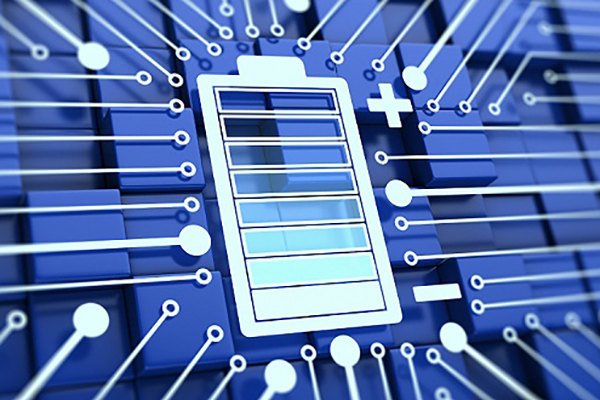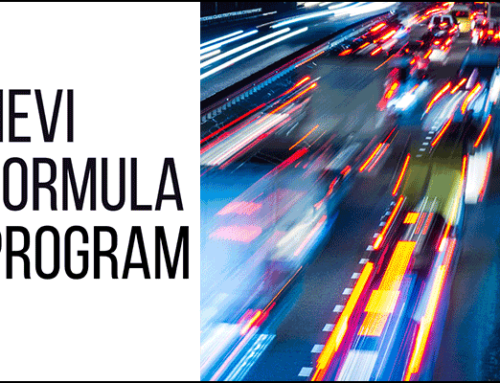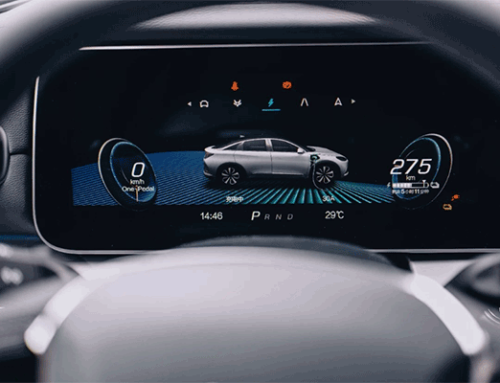Lithium battery is one of the many types of batteries. We all know more or less about lithium batteries in life. But do you understand lithium iron phosphate batteries? Do you know the difference between lithium iron phosphate and lithium batteries? If you want to seek these answers, you can continue reading.

1. Lithium iron phosphate battery
1.1 Introduction
Lithium iron phosphate battery refers to the lithium-ion battery with lithium iron phosphate as the cathode material. Lithium-ion battery cathode materials mainly include lithium cobaltate, manganate, nickelate, ternary materials, lithium iron phosphate, etc. Lithium cobaltate is currently the majority of lithium-ion battery cathode material.
1.2 Pros
- Lithium iron phosphate batteries have a long life and cycle life of more than 2000 times. Under the same conditions, lithium iron phosphate batteries can be used for 7 to 8 years.
- The use of safe. Lithium iron phosphate battery has undergone rigorous safety testing, and even in traffic accidents, they will not explode.
- Fast charging. Use a special charger, 1.5C charging for 40 minutes, that can make the battery complete.
- Lithium iron phosphate battery high-temperature resistance, lithium iron phosphate battery hot air value can reach 350 to 500 degrees Celsius.
- Lithium iron phosphate batteries have a large capacity.
- Lithium iron phosphate battery has no memory effect.
- Lithium iron phosphate batteries are green, non-toxic, non-polluting, raw materials from a wide range of sources, and cheap.
1.3 Cons
- Lithium iron phosphate cathode vibration density is small, and the density is generally 0.8 to 1.3, so the volume is relatively large.
- The actual specific capacity is low, with poor electrical conductivity, slow diffusion of lithium ions, and high times when charging and discharging.
- Poor low-temperature performance of lithium iron phosphate batteries.
- Lithium iron phosphate battery single cell life is long, about 2000 times, but the lithium iron phosphate battery group life is generally short about 500 times.
1.4 Scope of use
- Large electric vehicles: buses, electric cars, hybrid vehicles, etc.
- Light electric vehicles: electric bicycles, golf carts, electric wheelchairs, etc.
- Emergency mobile EV charging system for providing mobile charging services
- Energy storage equipment for solar and wind power generation.
- Electric tools: electric drills, chainsaws, lawn mowers, etc.
- toys such as remote-controlled cars, boats and aircraft.
- UPS and emergency lights, warning lights and mining lights.
- Small medical instruments and equipment and portable instruments, etc.
2. Lithium Battery
2.1 Introduction
Lithium batteries are a class of batteries that use a non-aqueous electrolyte solution with lithium metal or alloy as the harmful electrode material. The chemical properties of lithium metal are very active, which makes lithium metal processing, preservation, and use with very high environmental requirements. Therefore, lithium batteries have not been used for a long time. With the development of science and technology, lithium batteries have now become mainstream.
2.2 Pros
- High energy comparison. It has a high storage energy density, has reached 460-600Wh / kg, and is about 6-7 times the lead-acid batteries.
- Long service life, the service life can reach more than 6 years. Lithium iron phosphate as the positive electrode of the battery 1C (100% DOD) can be used 10,000 times.
- High rated voltage (single working voltage of 3.7V or 3.2V), about equal to the series voltage of three NiCd or NiMH rechargeable batteries, easy to form a battery power pack; Li-ion battery can be adjusted to 3.0V by a new technology of Li-ion battery regulator to suit the use of small appliances.
- High power tolerance, of which lithium iron phosphate lithium-ion batteries for electric vehicles can reach 15-30C charge and discharge capacity, facilitating high-intensity start-up acceleration.
- The self-discharge rate is shallow, which is one of the most outstanding superiority of this battery. Generally, it can achieve less than 1%/month, which is less than 1/20 of NiMH battery.
- Lightweight, about 1/6-1/5 the weight of lead-acid products in the same volume.
- High and low-temperature adaptability can be used in -20℃ to -60℃
- Environmentally friendly battery. No toxic and harmful heavy metal elements and substances such as lead, mercury, and cadmium are produced in production, use, and disposal.
2.3 Cons
- Lithium primary batteries all have poor safety; there is a risk of explosion.
- The lithium-ion battery of lithium cobaltate can not be discharged at a high current, and it is expensive and has poor safety.
- Lithium-ion batteries are required to protect the circuit to prevent the battery from being overcharged and over-discharged.
- High production requirements conditions, high cost.
- There are restrictions on the conditions of use, and there is a high risk of high and low-temperature use.
2.4 Scope of use
- Transportation power supply
- Power storage power
- Mobile communication power
- New energy storage power
- Aerospace military power
Third, lithium iron phosphate battery, lithium battery difference
- Lithium iron phosphate batteries are used to do lithium-ion secondary batteries. Now the main direction is the power battery. Relative to NI-H, Ni-Cd batteries have a great advantage.
- Lithium batteries are a class of lithium metal or lithium alloy as the cathode material, using a non-aqueous electrolyte solution battery. The chemical properties of lithium metal are very active, making the processing, preservation, and use of lithium metal environmental requirements very high.
- Lithium iron phosphate puncture does not catch fire and does not explode; lithium batteries will.
- Lithium iron phosphate overcharge resistance to 100% will not catch fire and explode; lithium batteries that reach the specified value will precipitate gas bulge.














